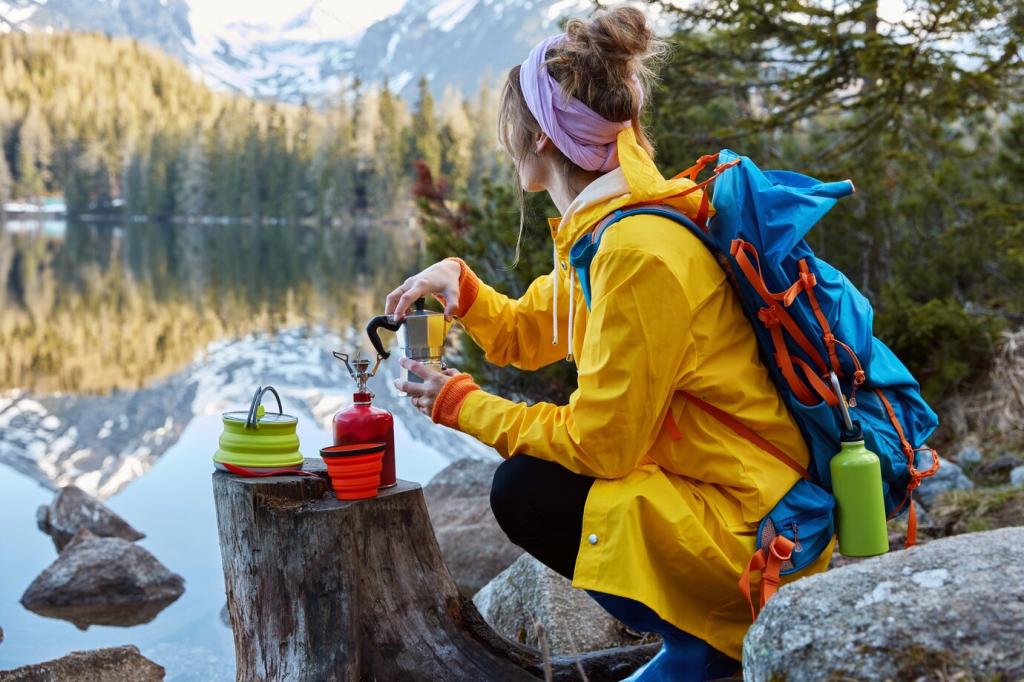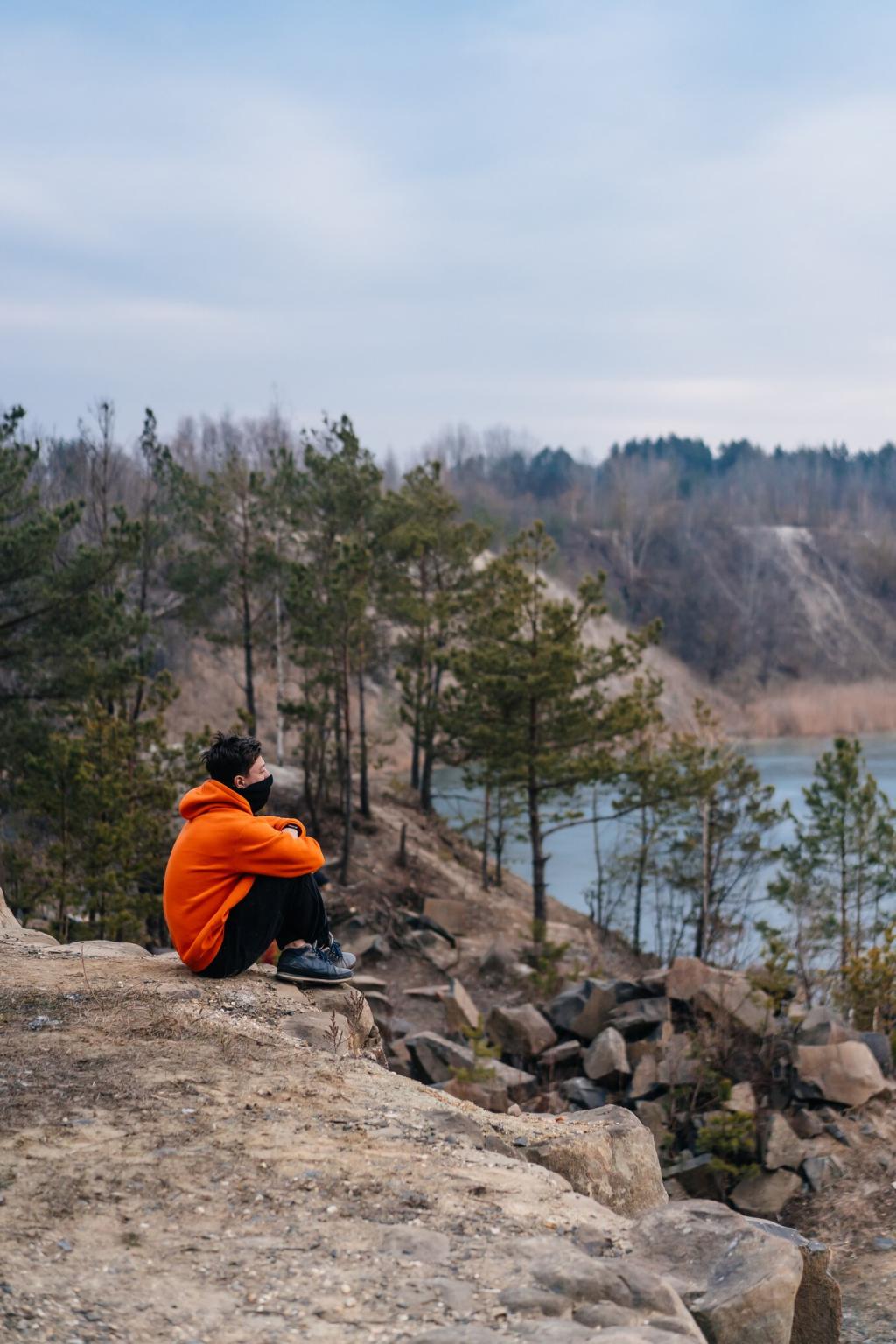
Layering Techniques for Mountain Hikes in Different Seasons
Today’s chosen theme: Layering Techniques for Mountain Hikes in Different Seasons. Build confidence in the backcountry with smart, adaptable layers that keep you dry, warm, and free to move—no matter what the sky decides.
Start with the Base: Moisture Management in Every Season
Merino wicks and resists odor on multi-day trips, while synthetics dry fast and often cost less. In shoulder seasons, many hikers blend both to balance comfort and durability. Try both on a short loop, note your skin feel at rest and during climbs, and share your findings with our community.

Mid-Layers that Adapt: Insulation You Can Dial
Fleece Grids vs. Active Insulation
Grid fleeces move moisture while offering light warmth, ideal for steady climbs. Active insulation pieces, like breathable synthetics, shine during variable stops. Test both on a breezy ridge, observe how quickly you dry after effort, and comment with which kept you warm without turning clammy.
Down or Synthetic for Alpine Chill
Down compresses small and feels luxurious during snack breaks, but synthetic keeps more warmth when damp. In unpredictable forecasts, many hikers carry a light synthetic jacket. Pack a scale and compare weights versus warmth on two trips; post your results to help others refine their choices.
Layering Combinations for Pace and Terrain
Pair a thin grid fleece with a wind shirt for brisk scrambles, or a loftier mid-layer under a shell for exposed traverses. Customize by expected exertion. Keep notes on which combo excels above treeline, then subscribe for seasonal checklists matching typical pace, altitude, and daylight.
Shell Strategy: Wind, Rain, and Snow Defense

Membranes breathe best when there is a temperature and humidity gradient, which often disappears during sweaty climbs. Pit zips, core vents, and front-zip management matter. Test venting on a wet hike, time your cool-down, and share what actually kept you drier: fabric tech or technique.

Spring: Freeze–Thaw, Mud, and Surprise Gusts
Start cool with a wicking base and light fleece, keeping a windproof shell handy. Trails shift from ice to slush quickly. Consider waterproof socks or gaiters. Track sunrise chills versus afternoon warmth, and comment which mid-layer you stash for late-day ridge winds and melting corn snow.

Summer: Altitude Heat Management and Thunder Etiquette
Use breathable sun sleeves, a featherweight wind layer, and quick-dry base tops. Afternoon storms roll fast—pack a compact shell. Vent early, sip often, rest in shade. Share your altitude heat hacks, like soaking a buff at streams, and follow us for weekly monsoon safety reminders.


Trail Anecdotes: When Layering Saved the Day
We hit a sudden whiteout at noon, temperatures dropping ten degrees in minutes. A breathable synthetic mid-layer under a hardshell kept our cores stable. Quick snack, tightened hoods, steady steps. Tell us your squall story and which single piece you were most grateful to have packed.
Trail Anecdotes: When Layering Saved the Day
A friend dismissed ponchos until a lightning-laced deluge turned trails into streams. The poncho shielded packs, keeping spare layers dry. Afterward, we reproofed shells and added microspikes for muddy climbs. Share the humble item that surprised you with outsized impact, and subscribe for monthly gear audits.

Care, Repair, and Reproof: Extending Layer Life
Use technical detergents for merino and synthetics, skip fabric softeners, and air-dry when possible. Odor often signals trapped oils. A gentle refresh can restore wicking. Share your washing routine, detergent choice, and any miracle fixes for stubborn funk after multi-day ridge traverses.
Check temps, wind, and precipitation probability, then match base, mid, and shell to the plan. Pack a just-in-case layer appropriate to altitude. Afterward, log what was overkill or missing. Share your template so others can copy, adapt, and improve their own pre-hike decisions.

